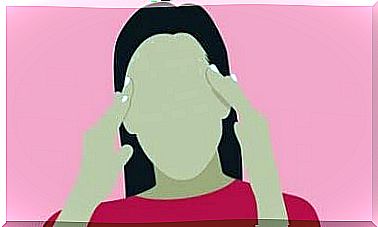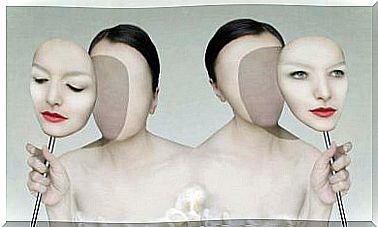Popularity Studies: Why Do We Like Some People?

Regardless of where we are, whether at the office, at home, at a parents’ meeting, or in any social setting: we intuitively know who the popular people are and who we like, even though most of the time we don’t know why.
This information is often essential to professional or social success as we move through our social circles. However, until now, scientists had not understood how our brains recognize these popular people. In this new Cognitive Neuroscience Society study, researchers say we track people’s popularity largely by the region of the brain involved in anticipating rewards.
“Being able to track the status of other people in your group is very important in terms of survival,” says Kevin Ochsner of Columbia University. “Knowing what’s popular or likable is vitally important in times of need or danger, when you’re looking for a partnership, or when you need help – physical or political – etc.”
While sociologists, psychologists, and anthropologists have long studied these group dynamics, neuroscientists have just begun to understand the surface of how we think about people’s social status.
According to Ochsner, with the many areas of work that bring together cognitive neuroscience, sociology and social psychology, we will be able to better understand how individual brain processes are connected for group membership.
Someone achieves social status in a group through power or popularity. Previous research has focused largely on power, but Ochsner and his colleagues specifically wanted to see the popularity, capitalizing on social network analysis techniques that are already available from sociology.
“Now that we have a simple way to define that a certain group is popular, then we can ask how the brain is presenting this information, which means that someone has this kind of status based on taste, or in terms of popularity, within the context of a group,” said Ochsner.
In the new job, Ochsner’s team brought people from student organizations together in the lab to assess how much they like each other. The researchers used these rankings to mathematically determine what is most valued in each social environment.
Weeks later, the researchers took the same individuals to the lab and they were subjected to an MRI scanner and, at the same time, they were shown people’s faces. Participants were asked if the faces were from people in their own organization, or if they were virtual faces – not real people. The researchers wanted to see how the participants’ brain areas responded to seeing the faces of the qualifiers as very popular within a group and the increase or decrease in specific brain activity based on their popularity.
With each social network, researchers found the same pattern of brain activity in people who looked at the faces of popular people, identifying two critical systems in the brain: the system involved in emotional appraisal and reward, and the system involved in social cognition, or our ability to think about the feelings and intentions of others.
First, we have to consider that, over time, we learn that it is good to experience the rewarding effects of interacting with someone. Although you personally may not like someone, you know that person is good for your knowledge based on observation of interactions with other members of the group. That would explain why the reward system in the brain reacts to popular people’s views, because we’re anticipating the benefits of interacting with them.
Another consideration is that we have to be able to think about the mental states, beliefs and thoughts related to other people, especially those with high status, in order to form coalitions, ask for help, or work within a group.
On the other hand, the emotional rating system controls the response of the social cognition system: “The emotional rating system really holds the key to unlocking the popularity of group members and social cognition systems.” You think “I can expect from a certain person to reward interactions by getting others to think about popular individuals, intentions and feelings!”
They also found that when a person is more popular within a group, these brain systems react more strongly to another popular person’s eyes. This finding suggests that popular people are “very sensitive to the way in which other individuals are sympathetic and that they can then adapt their own behavior appropriately,” Ochsner said.
Importantly, Ochsner points out that these studies controlled for several factors, including people’s appeal, honesty, and idiosyncratic preferences, to ensure that the extent of their popularity was determined. Furthermore, the brain systems involved were first independently located, through tasks designed to identify reward learning and social cognition.
The work addresses not only the basic science question of how we can track social popularity in the brain, but it may also provide insight into autism and other disorders that impair people’s ability to judge social status. The work has huge implications in the business world, where the effectiveness of a hierarchical structure is often reduced to popularity.









